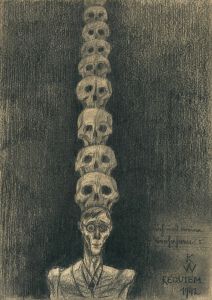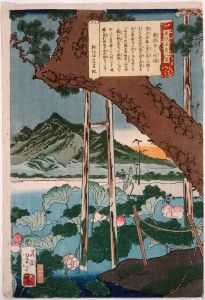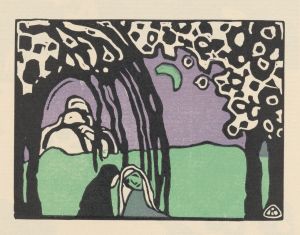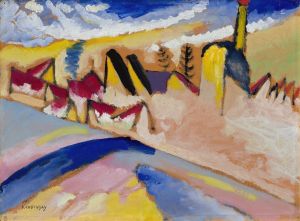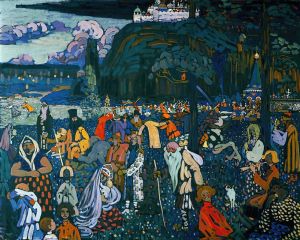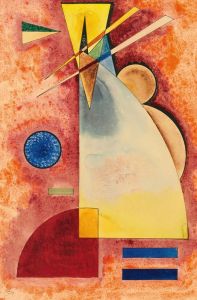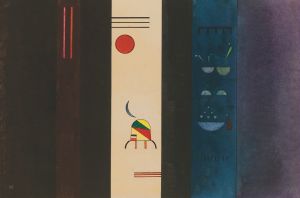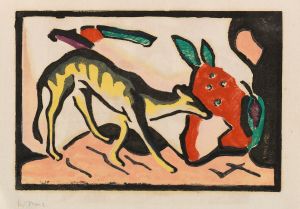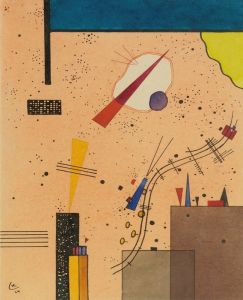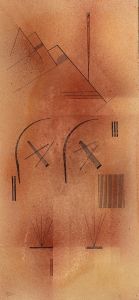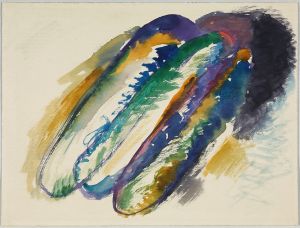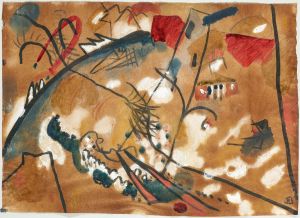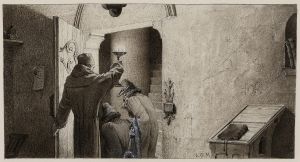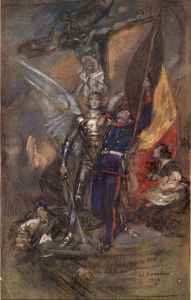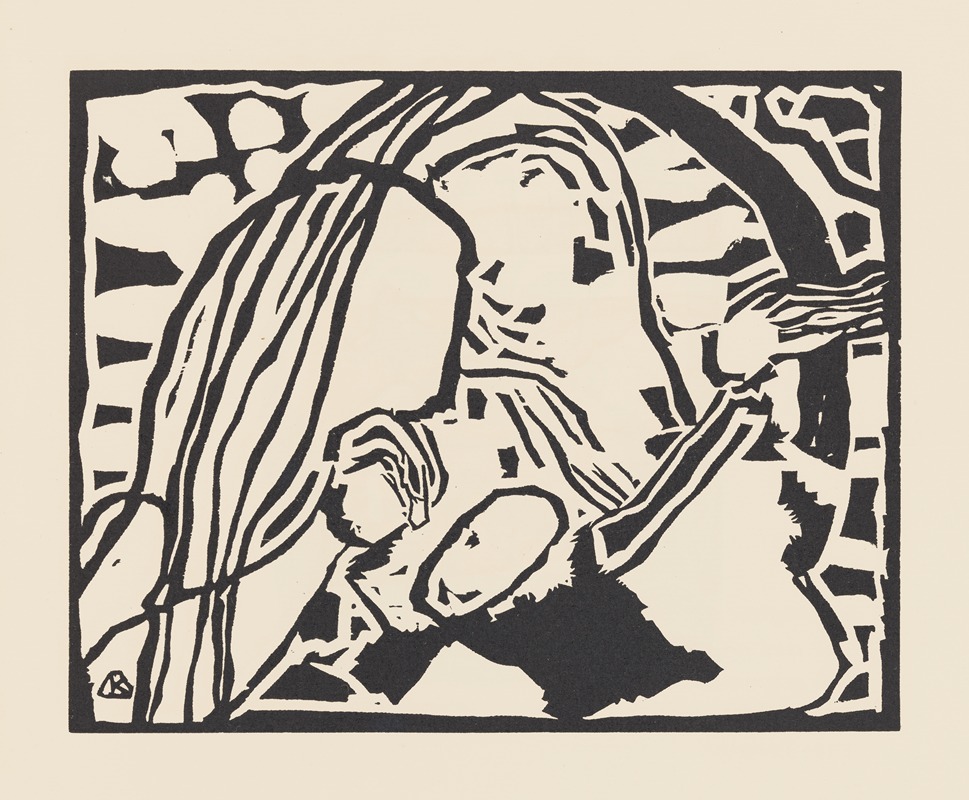
Klänge Pl.09
A hand-painted replica of Wassily Kandinsky’s masterpiece Klänge Pl.09, meticulously crafted by professional artists to capture the true essence of the original. Each piece is created with museum-quality canvas and rare mineral pigments, carefully painted by experienced artists with delicate brushstrokes and rich, layered colors to perfectly recreate the texture of the original artwork. Unlike machine-printed reproductions, this hand-painted version brings the painting to life, infused with the artist’s emotions and skill in every stroke. Whether for personal collection or home decoration, it instantly elevates the artistic atmosphere of any space.
Wassily Kandinsky, a pioneering figure in abstract art, created "Klänge Pl.09" as part of his broader exploration into the relationship between color, form, and emotion. Kandinsky, born in 1866 in Moscow, was a Russian painter and art theorist who is often credited with painting one of the first purely abstract works. His artistic journey took him through various movements, including Impressionism and Fauvism, before he became a leading figure in the development of abstract art.
"Klänge" (meaning "Sounds" in German) is a significant work in Kandinsky's oeuvre, not just as a painting but as part of a larger collection of woodcuts and poems published in 1913. This collection is considered one of the most important examples of the artist's synthesis of visual art and poetry, reflecting his belief in the synesthetic relationship between sound and color. Kandinsky was deeply influenced by music, particularly the compositions of Richard Wagner and Arnold Schoenberg, and he sought to create a visual language that paralleled musical compositions.
"Klänge Pl.09" is one of the woodcuts from this collection. While specific details about this particular piece are limited, it is known that Kandinsky's woodcuts from "Klänge" often feature abstract forms and a dynamic interplay of shapes and lines. These works are characterized by their bold use of color and form, which Kandinsky used to evoke emotional responses from the viewer. His approach was revolutionary at the time, as he moved away from representational art to focus on the intrinsic properties of color and form.
Kandinsky's work in "Klänge" is also notable for its integration of text and image. The poems included in the collection are not mere accompaniments to the visual art but are integral to understanding Kandinsky's artistic vision. He believed that art should transcend the material world and express the spiritual, a concept he explored in his theoretical writings, such as "Concerning the Spiritual in Art" (1911). In this text, Kandinsky articulated his ideas about the emotional and spiritual power of color and form, which are evident in the "Klänge" series.
The publication of "Klänge" in 1913 came at a time when Kandinsky was deeply involved with the Blaue Reiter group, an association of artists that he co-founded with Franz Marc. The group was instrumental in promoting modern art and abstraction in Germany and beyond. Kandinsky's work during this period was marked by a shift towards more abstract compositions, as he sought to convey the inner necessity of art, a concept he believed was essential for the spiritual renewal of society.
In summary, "Klänge Pl.09" is a part of Kandinsky's innovative exploration of abstract art, where he sought to create a new visual language that paralleled musical compositions. Through his use of color, form, and the integration of poetry, Kandinsky aimed to evoke emotional and spiritual responses, challenging traditional notions of art and paving the way for future developments in abstract art.





